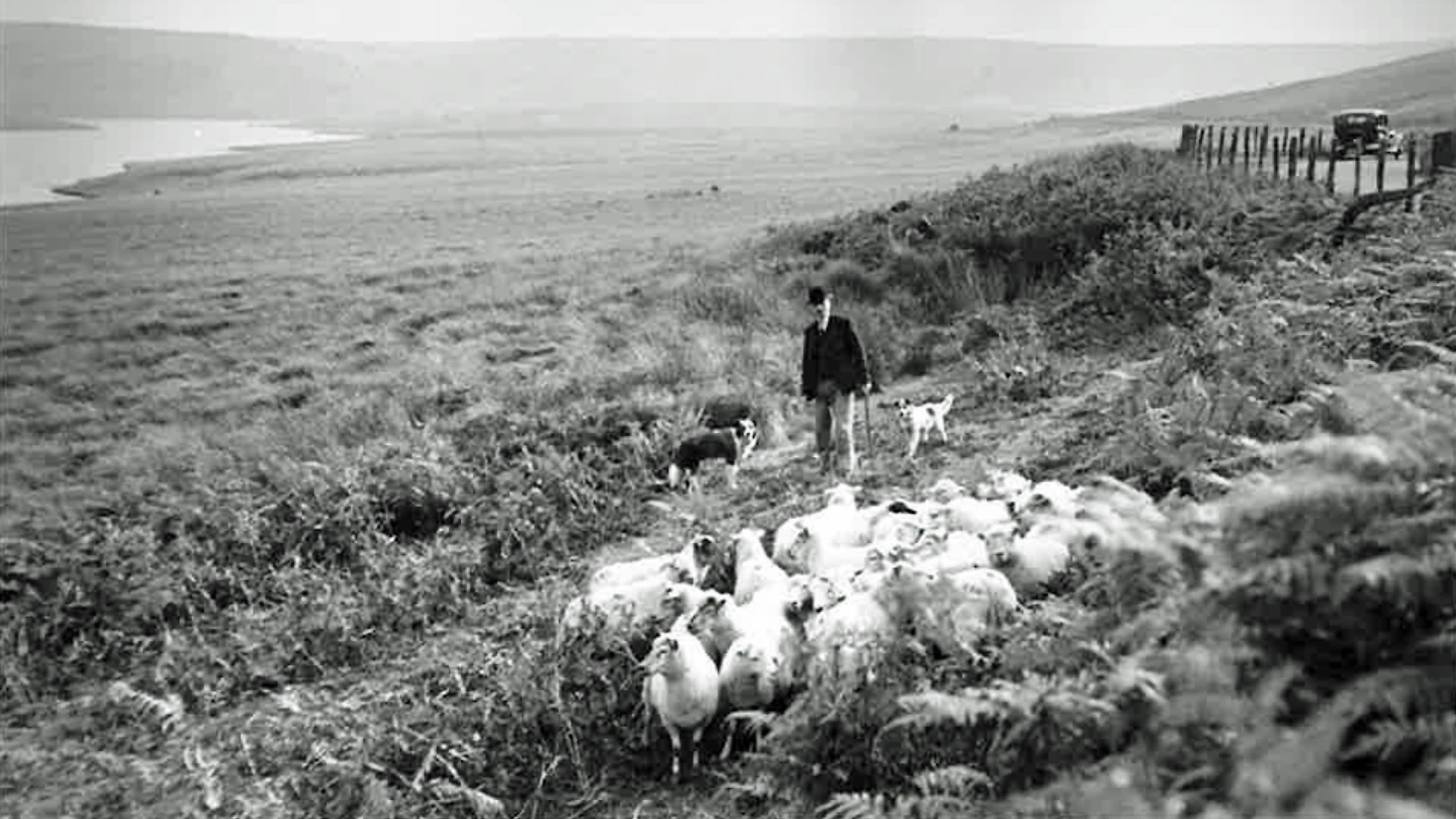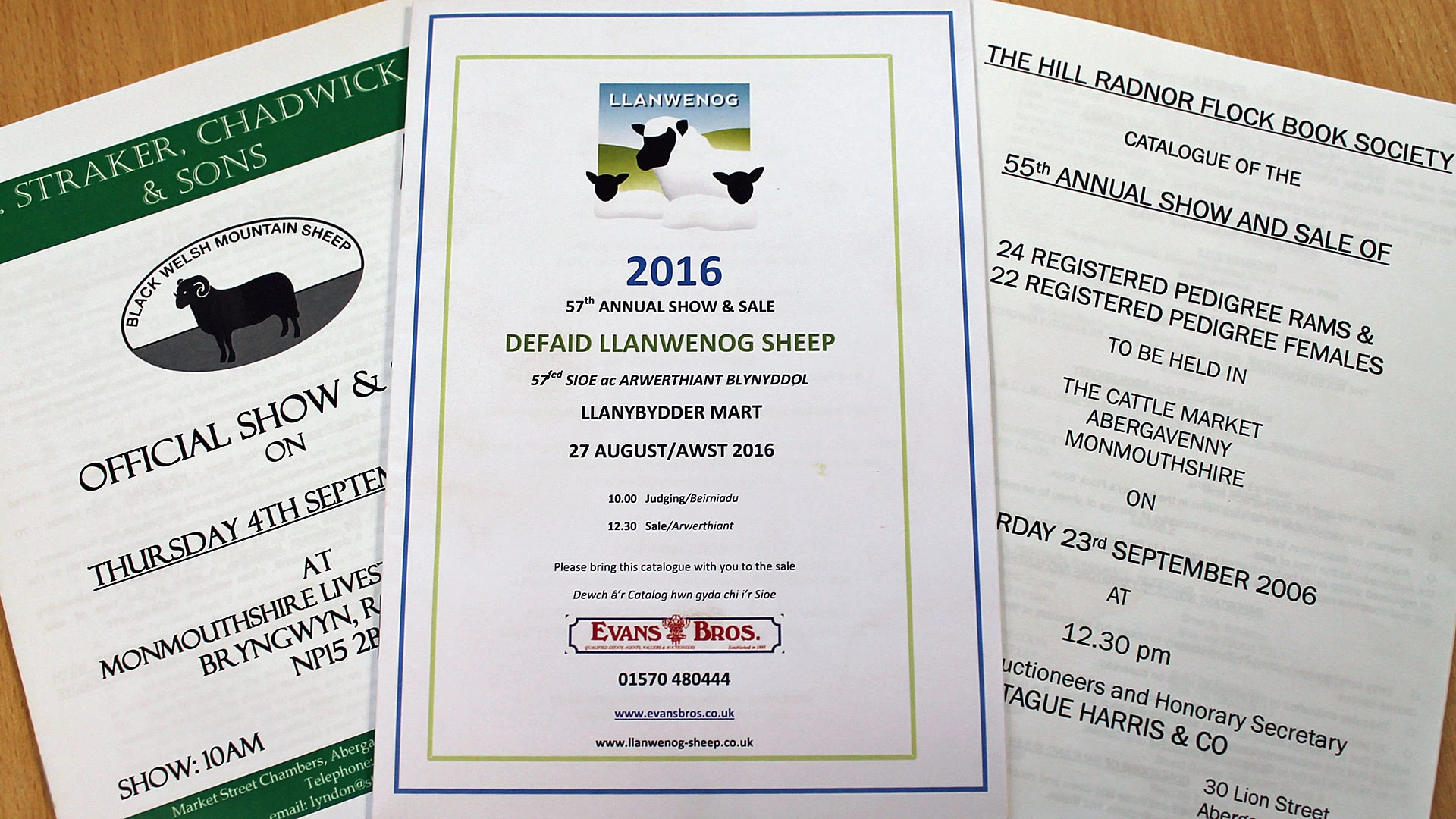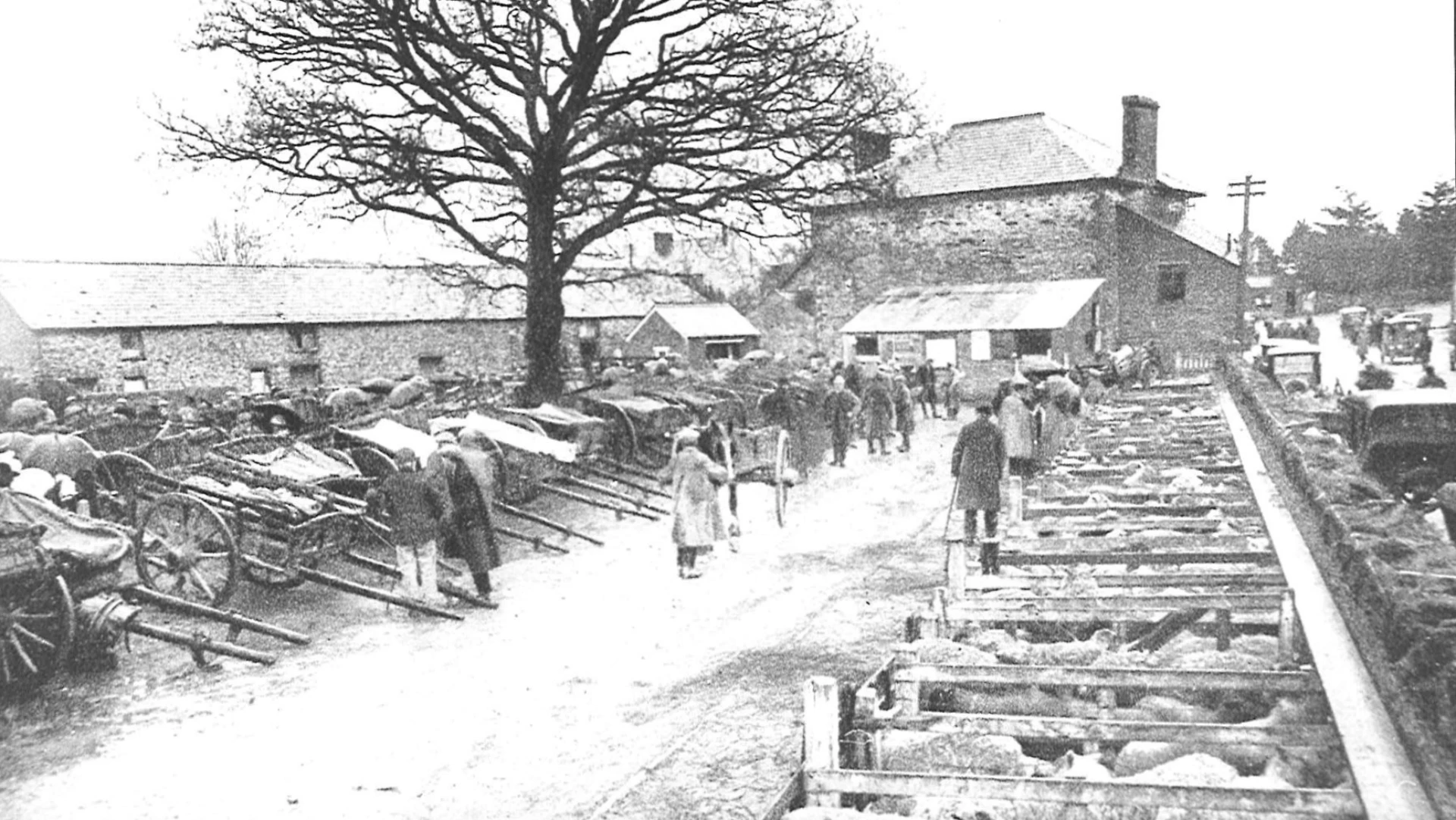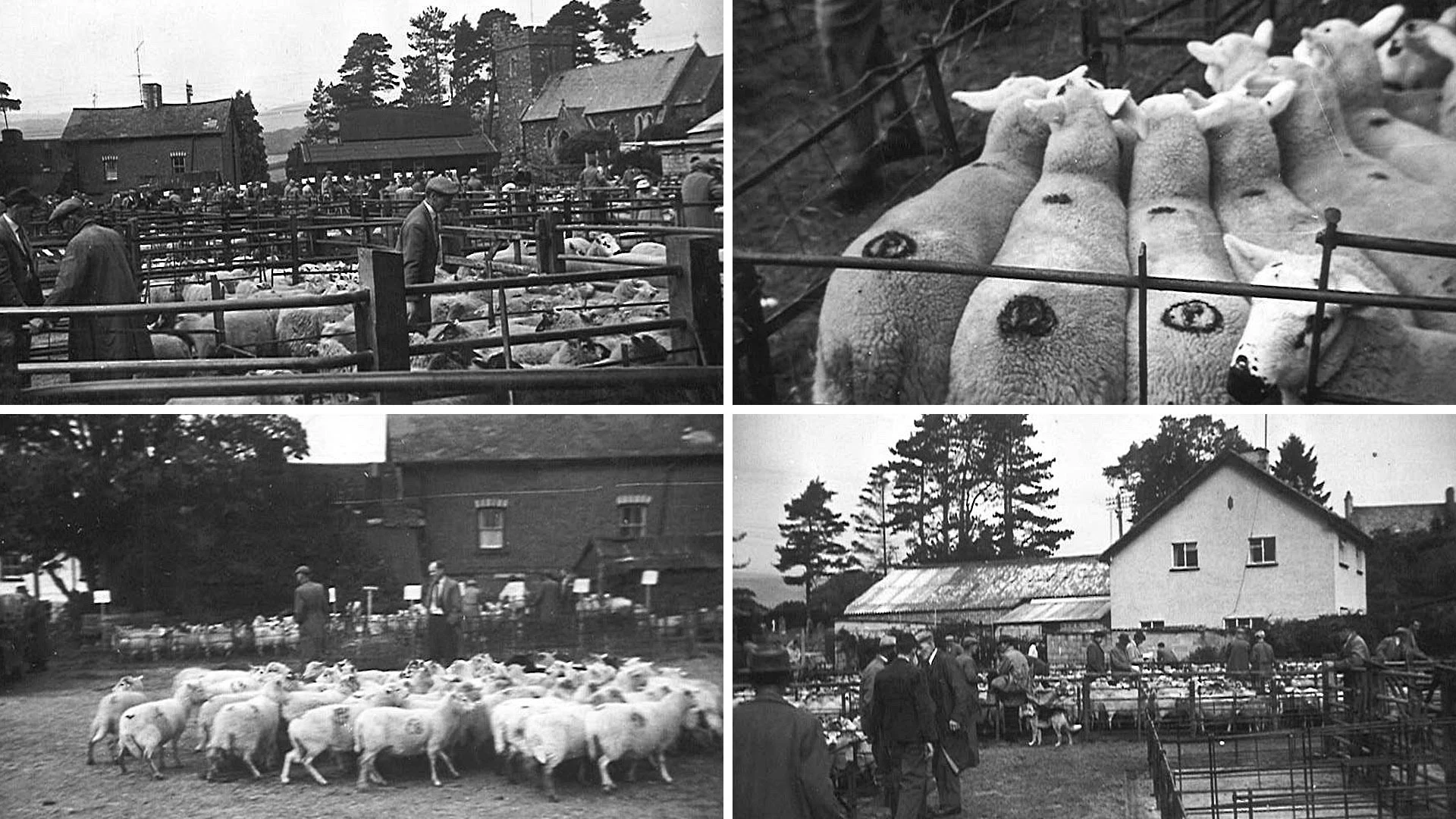As Lambcam comes to a close for another year, we look back at the history of lambing in Wales.
Voices from the Archives is a series of articles with sound clips based on recordings in the Oral History Archive of St Fagans National Museum of History. They accompany agricultural activities and events at the Museum. The speakers were farmers who had usually lived all their lives in the same locality as where they had been born and grown up. Their descriptions, experiences, recollections, voices, accents were authentic and distinctive, from different parts of Wales, and from different times.
March is lambing time at the Museum’s working farm, Llwyn-yr-eos. Lambing time on a farm at the foot of the Black Mountains, south east Wales was described by William Powell when interviewed in 1978. He farmed Gellywellteg, near the village of Forest Coal Pit, a few miles north east of Abergavenny. To the north of the farm were the Black Mountains, and Sugar Loaf mountain to the south.
He kept 140 ewes, home-bred Hill Radnor sheep, the predominant breed in the area during his farming life. They had brown-grey faces, no wool on their heads, convex noses, sturdy legs, and were compact and hardy. Two or three Hill Radnor rams were also kept, brought in, and changed every two years.
In the first selection of clips from the interview, William Powell describes when lambing took place and how:
The ewes about to give birth had to be checked regularly in case they had any difficulties. Ideally lambs would be born by their two front legs and head coming out first. There could be complications if one or both front legs were pointing backwards, or if the two legs were coming out but not the head. William Powell gained a reputation locally for his expertise:
Sometimes a weak lamb could be adopted by a ewe whose own lamb had died using an age-old method:
Young lambs could be vulnerable to illnesses and diseases, such as running noses, known locally as ‘snuff’:
And finally, how many lambs could be produced from a flock of 140 ewes:





